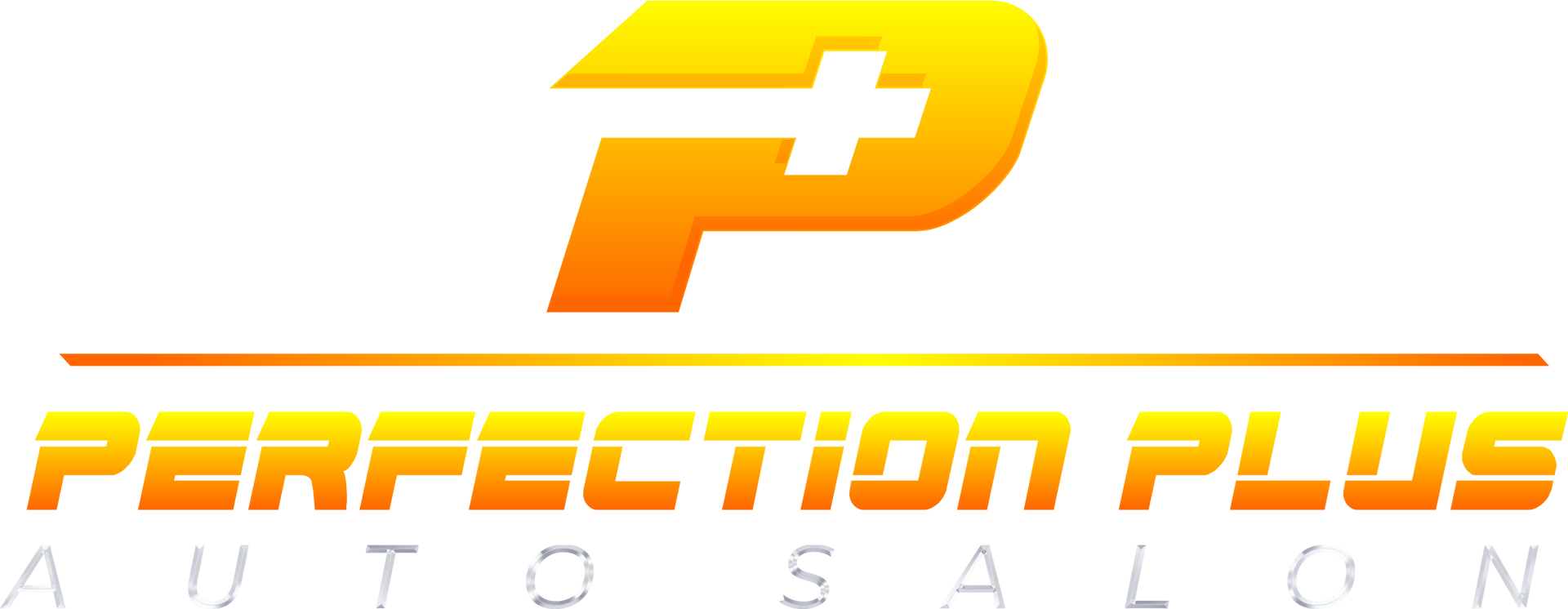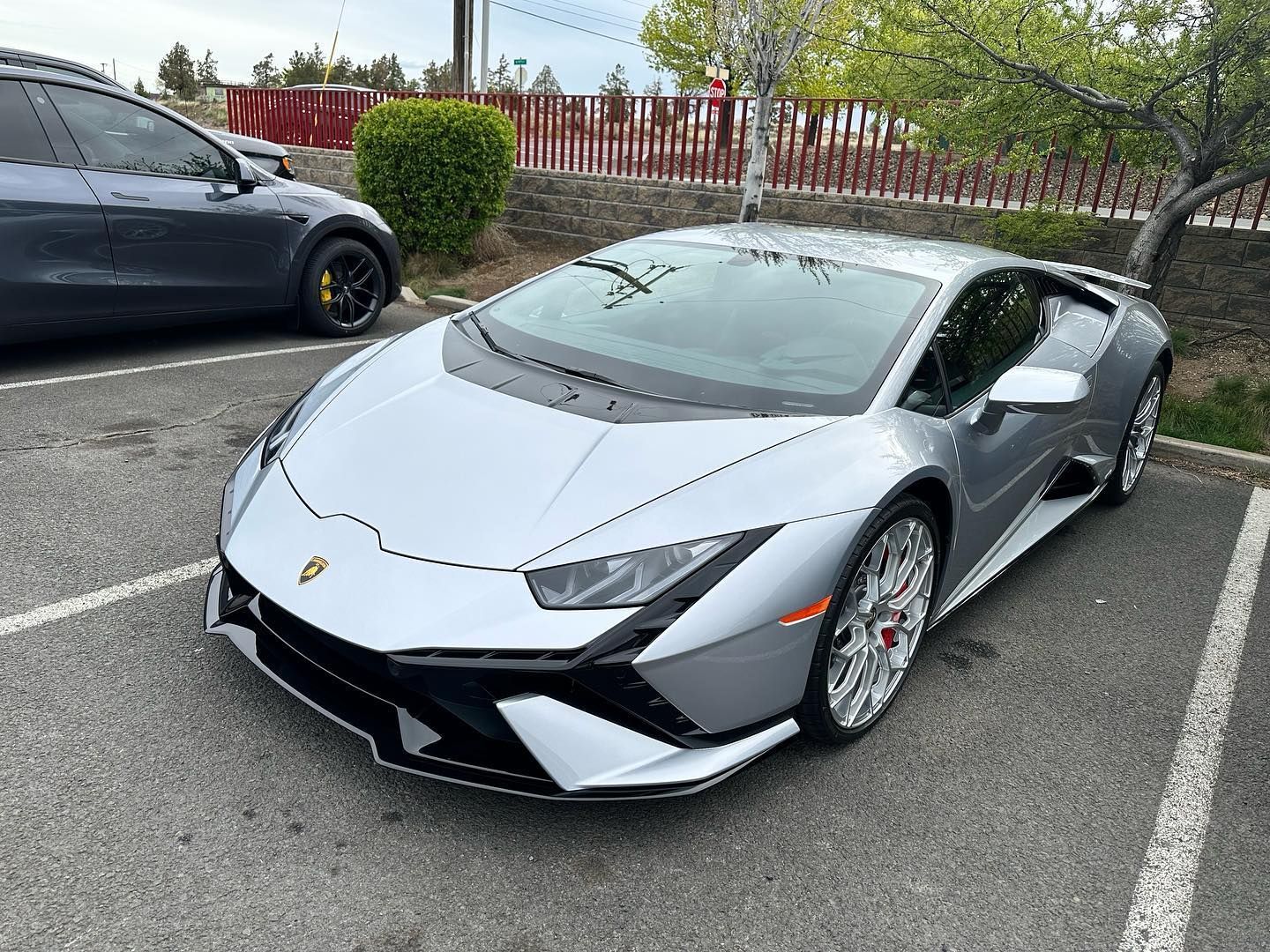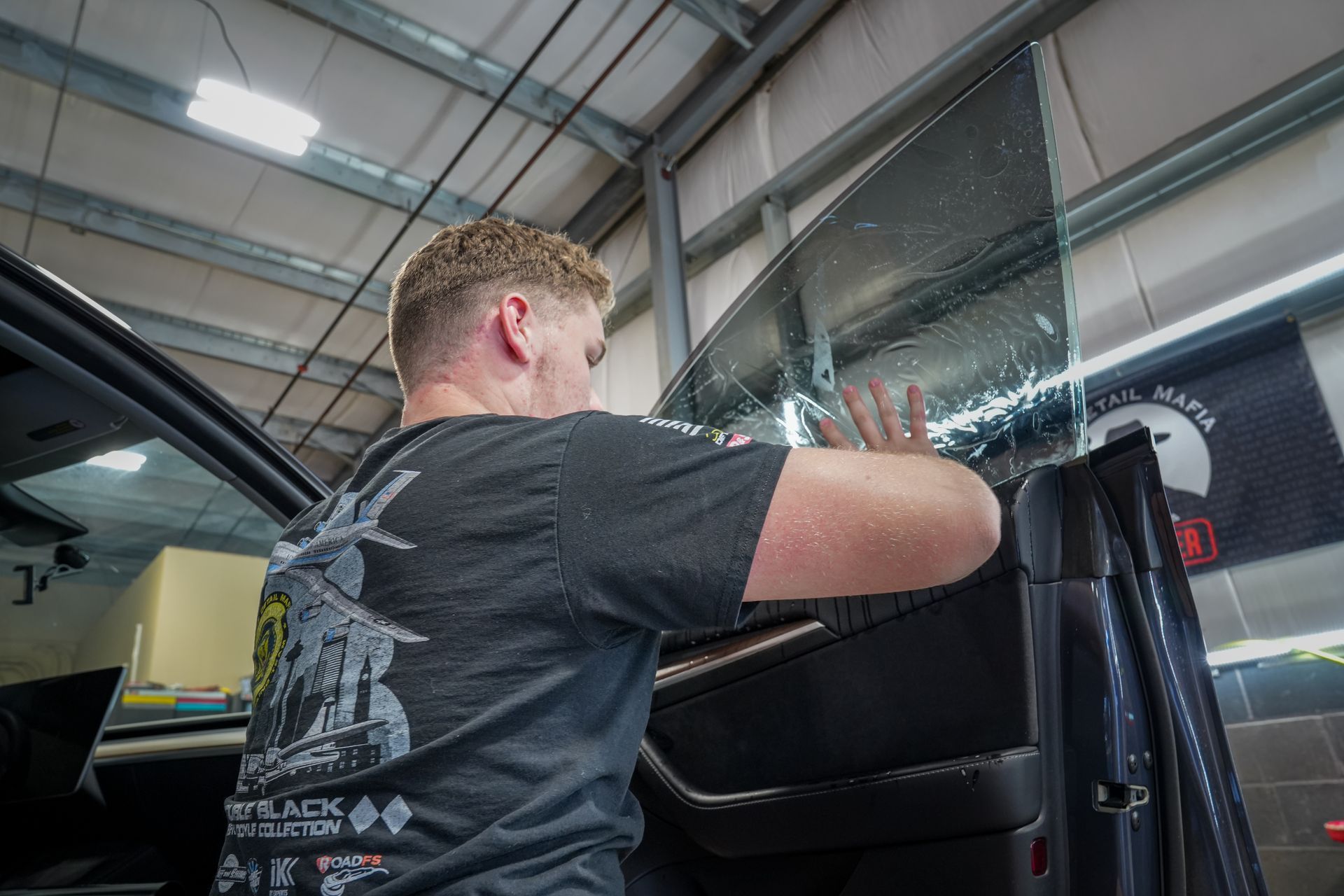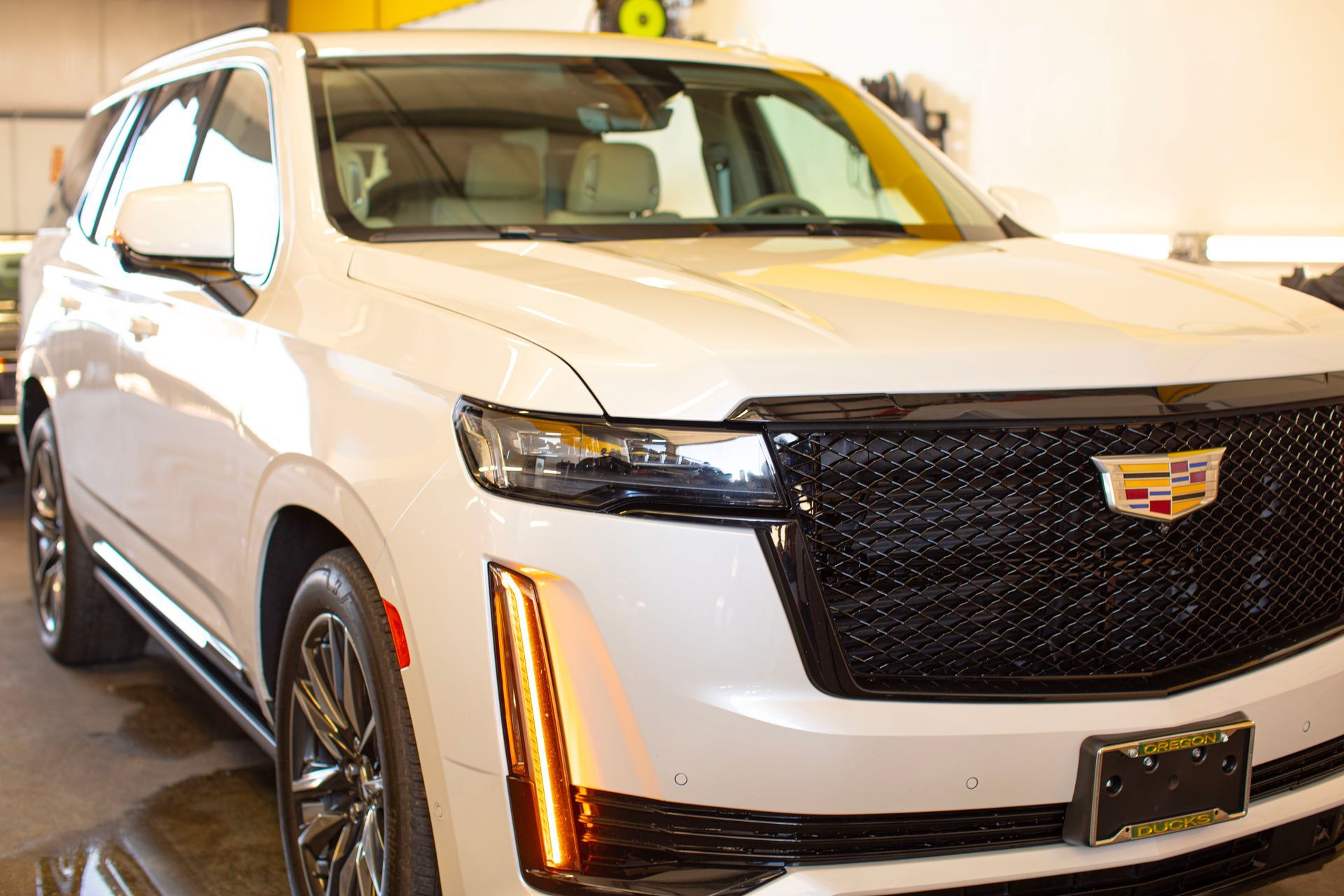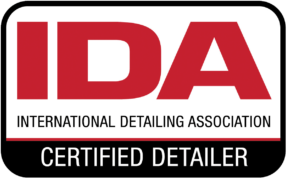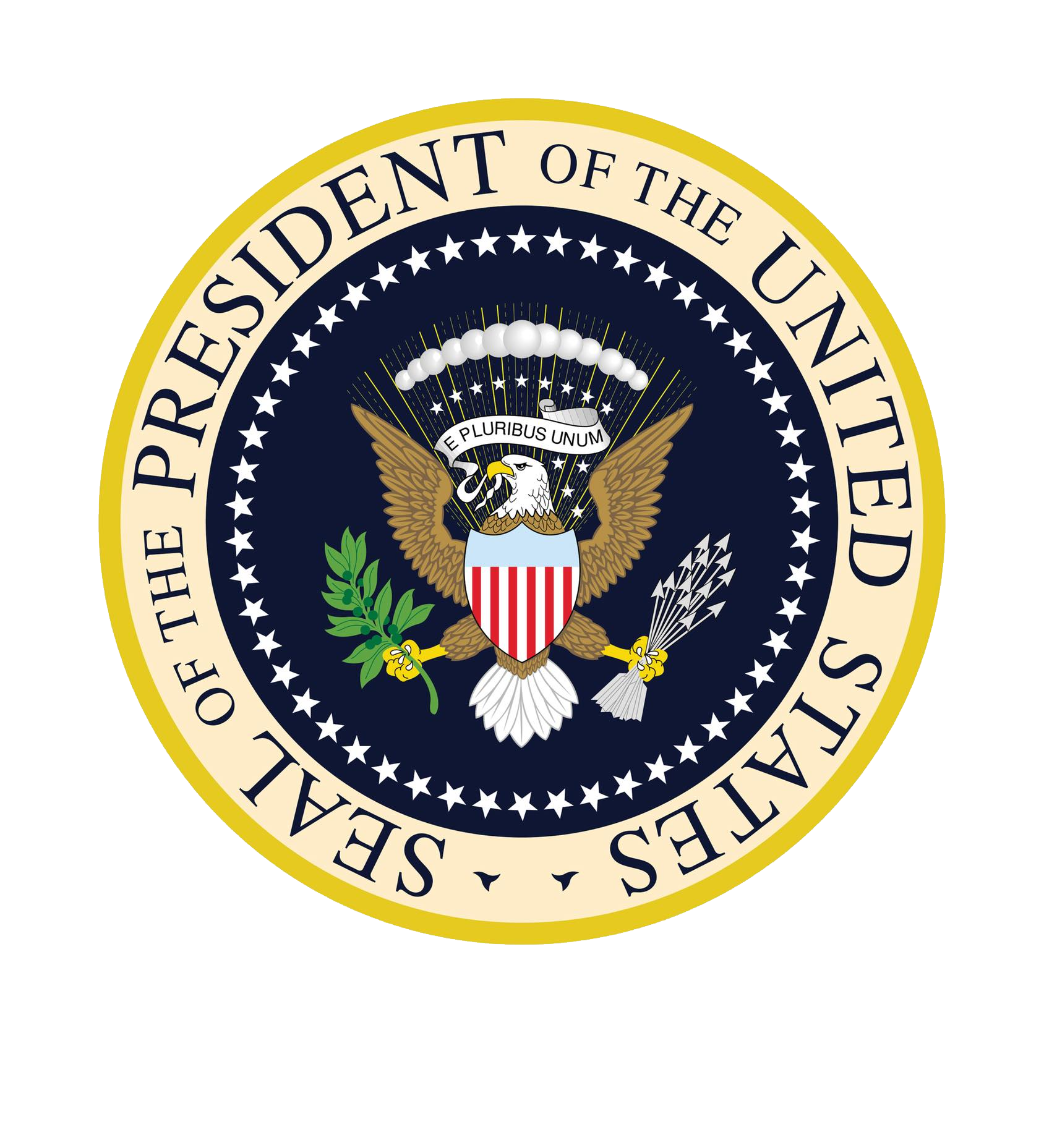Every time you drive your car, it faces countless potential threats—from flying pebbles and road debris to bird droppings and tree sap. Keeping that pristine paint finish intact can feel like an uphill battle. Paint protection film (PPF) offers an innovative solution designed to shield your vehicle's exterior from the daily hazards that can compromise its appearance. What makes PPF particularly effective is its core material: urethane, a flexible compound that absorbs impacts and features remarkable self-healing properties, allowing minor scratches to disappear almost as quickly as they appear.
Understanding Urethane's Unique Properties
Urethane is a thermoplastic polymer that provides both exceptional flexibility and durability. Its molecular structure is made up of long chains of organic units linked by carbonate connections, which lets the material bend without breaking and absorb shocks from daily impacts. This inherent flexibility is what enables PPF to conform seamlessly to any vehicle's contours, no matter how complex the curves or edges may be. The effectiveness of urethane in PPF stems from its multi-layered design. This sophisticated structure absorbs and disperses impact energy effectively, keeping your car's paint intact against scratches and chips from road debris. The polyurethane core can absorb up to 99% of impacts while maintaining optical clarity—essential for preserving your vehicle's aesthetic appeal. Two standout features make urethane particularly valuable for vehicle protection: its self-healing abilities and high resistance to UV radiation. When exposed to heat from sunlight or other sources, the film can often repair small abrasions, making minor scratches virtually disappear. This self-repair mechanism keeps your car looking newer for longer compared to conventional protective coatings. Quality PPF typically measures between 6 and 8 mils in thickness, striking an ideal balance between visibility and protection. It's thick enough to guard against harsh elements yet thin enough to remain virtually invisible on the vehicle's surface.
How Layered Construction Maximizes Protection
The true effectiveness of PPF lies in its intricate layered construction, where various materials work together to provide comprehensive defense against everyday wear and tear. Each layer serves a distinct purpose, ensuring that impacts and debris don't compromise your vehicle's paint integrity. The foundation begins with a polyester release liner that protects the adhesive during installation, ensuring clean and optimal bonding with your vehicle's surface. The adhesive layer itself is engineered to secure the film firmly while remaining removable without damaging the underlying paint—beneficial for future maintenance or film replacement.
At the heart of the system is the polyurethane core, where the protective magic happens. This layer absorbs impact energy, minimizing bruising or chipping on your vehicle's paint from road debris or unexpected encounters with flying pebbles. Thanks to its flexibility and resilience, this core effectively dampens impacts, functioning much like an airbag for your paint. The outermost topcoat does more than just look good. It features self-healing properties that allow minor scrapes and scratches to vanish when exposed to heat while also providing UV protection that prevents sun damage, fading, and discoloration over time.
Exceptional Durability Against Environmental Threats
PPF stands out for how effectively it withstands the rigors of everyday exposure. Its layered structure is specifically engineered to combat challenges from both natural and roadside elements. High-quality PPF offers remarkable resistance to UV degradation, lasting over a decade without significant fading or discoloration. The topcoat layer acts as a shield against harmful ultraviolet rays, functioning like sunscreen for your car. While the paint beneath is protected from premature aging, the clarity of the PPF remains intact, even after years of exposure to bright sunlight. Road debris presents another common threat to vehicle exteriors. Pebbles kicked up by tires, gravel scattered on highways, and other projectiles can cause significant damage. PPF can withstand impacts from debris traveling at high speeds, significantly reducing the risk of chips or scratches. When these hazards strike the film, they typically leave it intact rather than damaging the underlying paintwork, giving drivers peace of mind knowing their vehicle has an effective shield against unpredictable outdoor conditions.
Flexibility That Ensures Complete Coverage
The flexibility of urethane allows it to stretch significantly without compromising its strength. This elasticity means that during installation, professionals can maneuver the film with relative ease, ensuring complete coverage without unsightly bubbles or creases. The material conforms to intricate shapes and complex contours, providing protection that conventional materials simply cannot match. This flexibility also contributes to long-term performance. Your vehicle faces a multitude of elements daily—road debris, environmental pollutants, and weather changes all take their toll. PPF's flexibility, combined with its robust protective capabilities, creates an invisible shield that effectively fends off these assaults while adapting to changes in temperature and surface dynamics.
Superior Resistance to Scratches
The transparent thermoplastic urethane in PPF possesses impressive elastomeric properties that allow it to absorb the vast majority of impact energy. This capability makes driving on busy roads or navigating rugged terrain less worrisome for vehicle owners. The self-healing topcoat represents one of PPF's most remarkable features. When minor scratches occur from keys, fingernails, or light abrasions, these blemishes often disappear within seconds when exposed to heat. Whether from the warmth of the sun or intentional application of heat, the top layer effectively mends itself, ensuring your car retains its smooth, reflective finish. Beyond minor abrasions, PPF plays a critical role against more severe threats. This multi-layered film acts as an invisible barrier against harsh elements that can otherwise leave permanent marks on unprotected surfaces. With substantial tensile strength, it provides robust protection against physical abrasions while absorbing shock and impact energy. When your tires kick up gravel while driving, the PPF minimizes damage potential significantly.
Real-World Benefits for Vehicle Owners
One of the most compelling advantages of PPF is its ability to maintain a vehicle's aesthetic appeal throughout its life cycle. Vehicles protected with PPF stay visually appealing longer and preserve their resale value better than unprotected cars. A well-maintained vehicle with PPF can command a premium price when it comes time to sell. For drivers in urban environments, PPF acts as an invisible shield against countless small hazards that are commonplace in city driving. Rocks, gravel, and minor collisions can cause unsightly chips and scratches. With PPF installed, vehicle owners typically experience significantly fewer painted surface damages, eliminating the frustration of frequent touch-ups and repairs. Another substantial benefit is the ease of maintenance PPF provides. Conventional painted surfaces require extensive regular upkeep due to their vulnerability to wear and fading. Vehicles with PPF tend to need considerably less maintenance because dirt doesn't cling as readily to the protected surface. This translates to fewer trips to the car wash or detailing services, allowing owners to spend more time enjoying their vehicles rather than cleaning them. The self-healing properties of modern PPF formulations mean that minor scratches can disappear with just a bit of heat exposure from the sun. This feature transforms everyday wear and tear from a constant concern into a non-issue, encouraging car owners to fully embrace their vehicles without fear of damaging them in transit.
Protection Against Chemical and Environmental Damage
PPF isn't merely an aesthetic choice—it's an investment in your vehicle's long-term protection. One of its standout features is its ability to withstand harsh environmental factors and chemicals that traditional paint cannot handle alone. Bird droppings, despite seeming harmless initially, have acidic properties that can seep into paint and cause irreversible damage if left unattended. PPF acts as a barrier, preventing these contaminants from reaching the underlying surface. Similarly, tree sap that becomes increasingly difficult to remove over time cannot adhere to your paint job when PPF is installed, making cleanup remarkably easier. PPF also shields paint from weather-related wear and tear, including UV radiation. Advanced PPF technology blocks harmful UV rays, helping prevent the yellowing and cracking often associated with prolonged sun exposure. It also protects against road salts during winter months, preventing corrosion by acting as a barrier between harsh chemicals and the metal beneath your paint. These protective attributes enhance the lifespan of your vehicle's finish while saving considerable repair costs over time. By investing in quality PPF and maintaining it properly, you can enjoy both a pristine appearance and peace of mind, knowing your vehicle is protected against the elements that threaten its exterior daily.
Top-Notch PPF Services in Madras, OR
At Perfection Plus Auto Salon, we bring the
highest-quality paint protection film (PPF) services to drivers in Madras, OR. Our expertly installed films create an invisible shield that helps preserve your vehicle’s flawless finish against road debris, rock chips, and daily wear. Designed for durability and clarity, our PPF keeps your paint pristine while maintaining that showroom shine for years to come. Trust Perfection Plus Auto Salon to keep your car protected and picture-perfect—book your PPF installation today!
